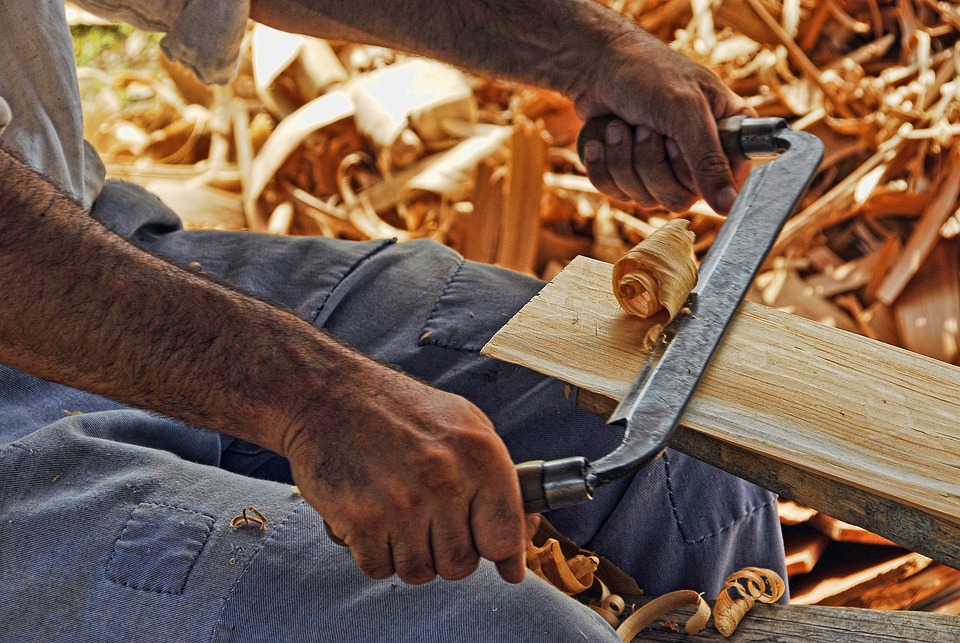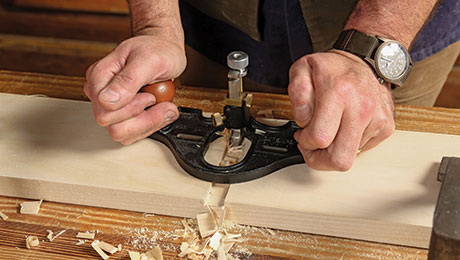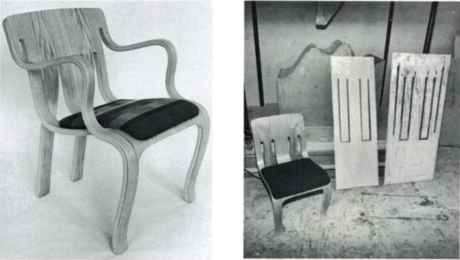How to Make a Custom Chess Set at Your Local Hardware Store
A custom chess set can be an opportunity to show your unique personality. Making your pieces will be a creative process that makes future games even more fun. No matter who gets to say “checkmate,” you and your opponent can both appreciate the creative work that went into fashioning the set.
Pick Your Material
Two of the most obvious choices for a chess set are wood and metal. Many modern wooden pieces are produced on a spinning lathe. If you aren’t interested in expensive carpentry equipment, you can purchase dowels and small blocks of wood. Minor modifications should be enough to make pieces distinct from each other. Cut 16 short pieces to use as pawns, and set aside the tallest four to become kings and queens. A pocket knife and a small saw should be sufficient for a minimalist wooden setup.
Players who prefer a weighty collection of pieces may enjoy collecting nuts and bolts of different sizes. If the local hardware store sells nuts individually, this aisle can be an ideal space to try different combinations of bolts and washers. Pieces should stand up on their own, and it should be clear which piece represents the bishop, pawn, rook, etc. Nothing complicates a game like forgetting which piece is which. Thin bolts can be bent into curves to serve as knights.
Painting the Teams
Two contrasting colors must be chosen for each side. A craftsman who is proud of the carving and whittling may choose to use dark and light varnishes rather than paint. For metal, primer and paint provide the added benefit of preventing rust and corrosion. Bare metal and wood can also be attractive looks, but the distinction between each side must be obvious at a glance. If bare metal surfaces are used, then it is worthwhile to invest in stainless steel.
Creating a Board
Some designers may have gotten tired of the whole DIY idea by this point. For those who are less interested in boards, store-bought boards work just as well. If unique color choices were made with paint or varnish, then it will likely be more satisfying to play on a board with a matching scheme. Consider starting with a small square of plywood, and applying varnish (or paint) over a checkered pattern of tape.
Be sure to remove the tape before the paint is entirely dry, cutting along the edges if it sticks. A metal or glass playing surface may also be possible, depending on your collection of tools and skills. When in doubt, always consider asking the person at your local hardware store.
Collecting the necessary bolts and nuts for a chess set may not be cheap. If all the pieces are bought new, the cost can easily add up to a significant expense. There are sixteen pawns as well as sixteen other pieces to consider, plus the cost of paint or other materials. A plastic set from the store is less expensive, but the purchase is far less satisfying than completing a DIY project. For virtually anything DIY, even some board games, the hardware store is a great place to start.




